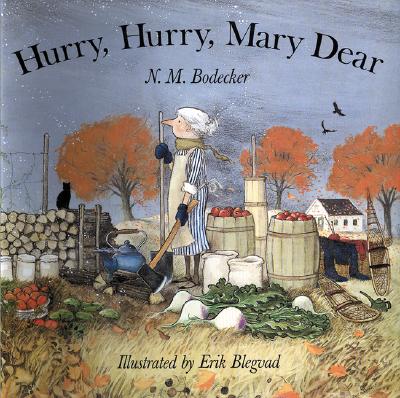By Lauren Tarshis
Published by Dial Books for Young Readers
Copyright © 2009
“Emma-Jean Lazarus Fell in Love” is the sequel to the successful young adult novel entitled “Emma-Jean Lazarus Fell Out of a Tree”.
In the first installment of the Emma-Jean Series we meet a somewhat odd young girl. It wasn’t her appearance which makes her odd, for she is considered by some to be very pretty, but it is her detachment from her classmates. While Emma-Jean thinks well of her classmates in general, she finds them to be quite illogical. In her attempt to mingle with them and be of help she ends up causing a lot of trouble for them and herself.
In this second installment we find Emma-Jean in the company of her 7th grade classmates. To some extent she has come to understand and accept the eccentricities of her teen peers. But now she is coming up against a new problem school dances and boy-girl relationships.
Emma-Jean finds herself having weird and irrational feelings when she is around Will Keeler. She is drawn to him and her heart skips a beat when she is around him. She even considers asking him to the upcoming spring dance. She is not quite sure what it is she is going through though, and she doesn’t seem to like the way it makes her lose her concentration.
Emma-Jeans friend Colleen suffers from self-esteem issues and doesn’t know who would want to go to the dance with her. Then she finds a mysterious note in her locker from a nameless boy who really likes her, and she begins to transform into someone more confident in herself and less concerned with what others think of her. She is only concerned with what her boy thinks of her, and he thinks she is great. But how will she ever find this boy who likes her? Colleen can think of only one person smart enough to figure out who it is, Emma-Jean. But will Colleen like what she finds out?
While Emma-Jean’s Spock like tendencies (“that is illogical”) seem to be a little unrealistic for a modern teen, she does make for a character that you want to root for. And, while the book does have a relatively agreeable ending (I won’t give it away) I did want the school dance to turn out a little differently. But all-in-all in this second novel Lauren Tarshis presents us with a young girl who is smart, who is confident, who knows what she is ready for, and who is just fine being herself and that is the type of character that more young girls should be exposed to.
Copyright © 2009
“Emma-Jean Lazarus Fell in Love” is the sequel to the successful young adult novel entitled “Emma-Jean Lazarus Fell Out of a Tree”.
In the first installment of the Emma-Jean Series we meet a somewhat odd young girl. It wasn’t her appearance which makes her odd, for she is considered by some to be very pretty, but it is her detachment from her classmates. While Emma-Jean thinks well of her classmates in general, she finds them to be quite illogical. In her attempt to mingle with them and be of help she ends up causing a lot of trouble for them and herself.
In this second installment we find Emma-Jean in the company of her 7th grade classmates. To some extent she has come to understand and accept the eccentricities of her teen peers. But now she is coming up against a new problem school dances and boy-girl relationships.
Emma-Jean finds herself having weird and irrational feelings when she is around Will Keeler. She is drawn to him and her heart skips a beat when she is around him. She even considers asking him to the upcoming spring dance. She is not quite sure what it is she is going through though, and she doesn’t seem to like the way it makes her lose her concentration.
Emma-Jeans friend Colleen suffers from self-esteem issues and doesn’t know who would want to go to the dance with her. Then she finds a mysterious note in her locker from a nameless boy who really likes her, and she begins to transform into someone more confident in herself and less concerned with what others think of her. She is only concerned with what her boy thinks of her, and he thinks she is great. But how will she ever find this boy who likes her? Colleen can think of only one person smart enough to figure out who it is, Emma-Jean. But will Colleen like what she finds out?
While Emma-Jean’s Spock like tendencies (“that is illogical”) seem to be a little unrealistic for a modern teen, she does make for a character that you want to root for. And, while the book does have a relatively agreeable ending (I won’t give it away) I did want the school dance to turn out a little differently. But all-in-all in this second novel Lauren Tarshis presents us with a young girl who is smart, who is confident, who knows what she is ready for, and who is just fine being herself and that is the type of character that more young girls should be exposed to.
















